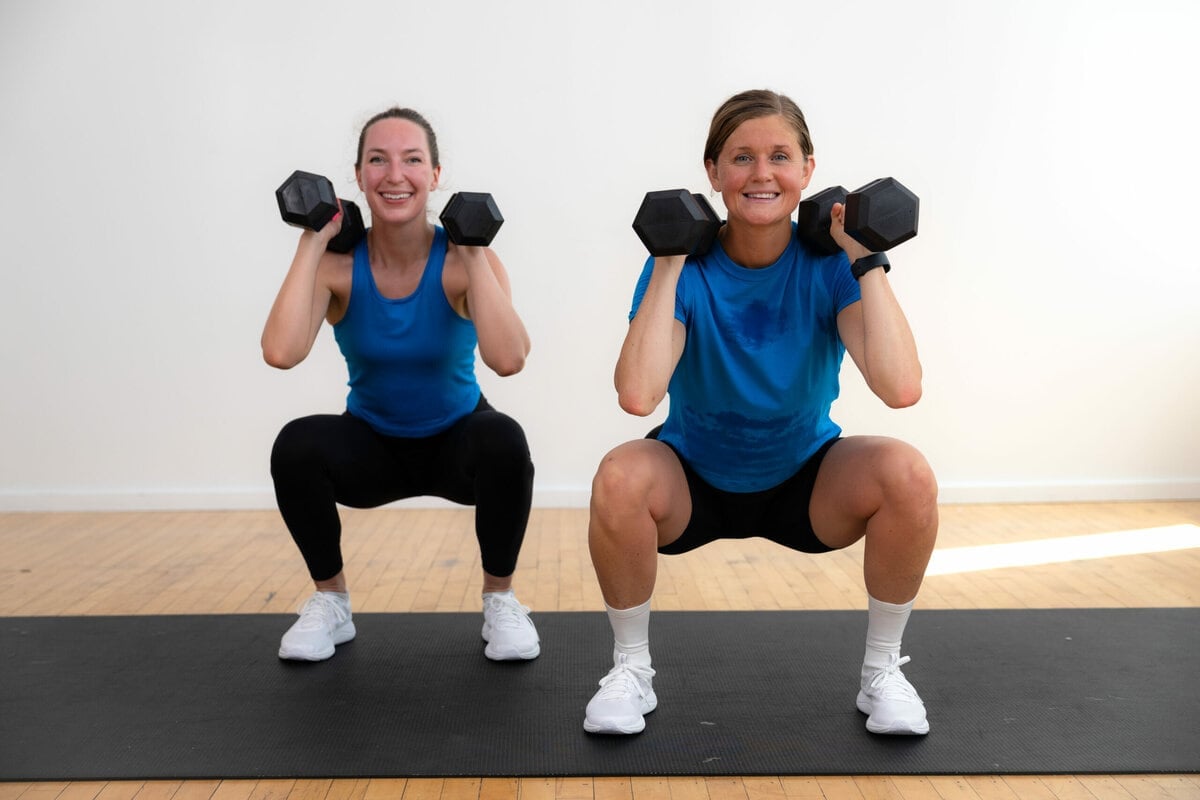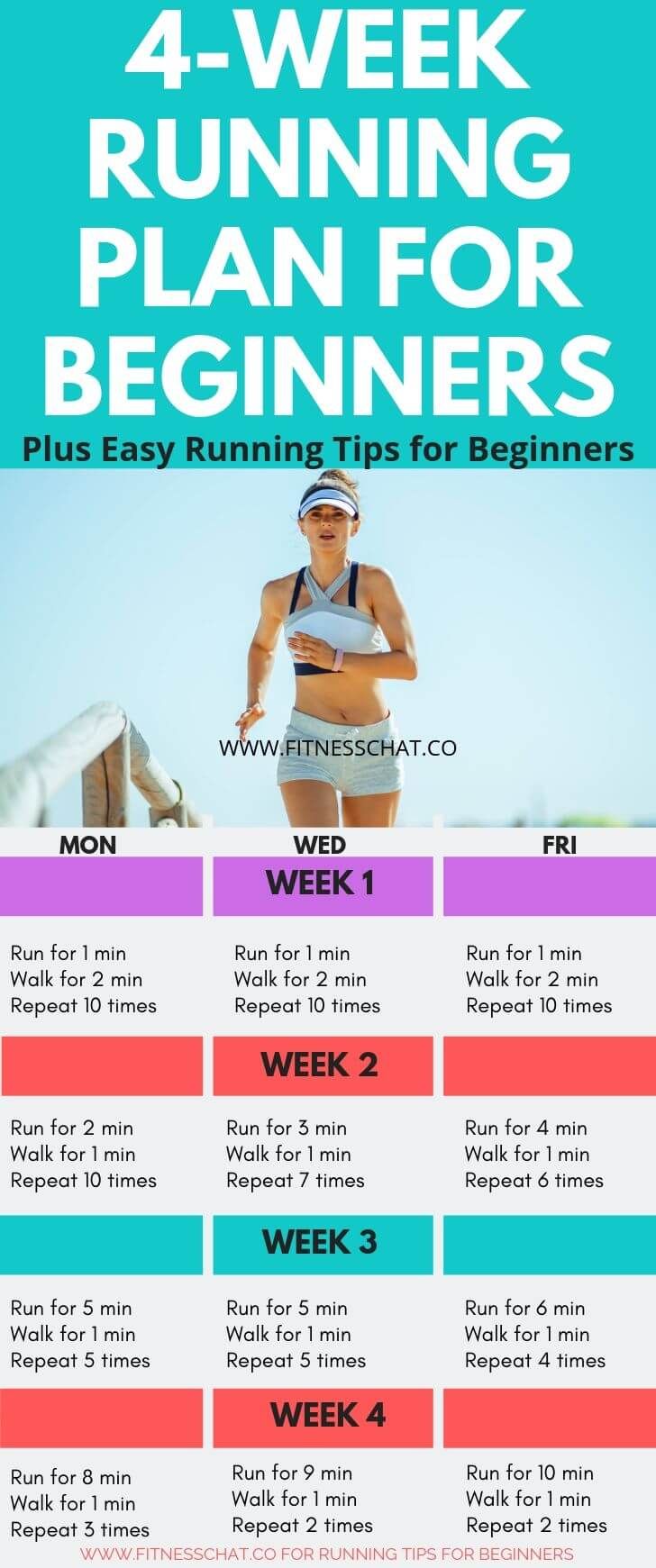Strength training is crucial for building muscle and improving overall health. It involves exercises that enhance strength and endurance.
Whether you’re a fitness newbie or a seasoned gym-goer, strength training offers numerous benefits. It helps increase muscle mass, boosts metabolism, and improves bone density. Strength training also enhances mental health by reducing stress and anxiety. By incorporating strength exercises into your routine, you can achieve a balanced and healthy lifestyle.
This blog will explore the many advantages of strength training. We’ll also provide tips to help you get started. Stay tuned to learn how strength training can transform your health and fitness journey.

Benefits Of Strength Training
Strength training offers numerous benefits that extend beyond the gym. Many people think strength training is only for bodybuilders, but anyone can gain from it. By lifting weights or using resistance bands, you can improve both your physical and mental health.
Physical Health
Strength training builds muscle mass. More muscle mass means a higher metabolism. This helps with weight management. Stronger muscles also support your joints. This reduces the risk of injury.
Strength training improves bone density. This is important as you age. It helps prevent osteoporosis. Regular strength training also enhances cardiovascular health. It lowers blood pressure and reduces cholesterol levels.
Better balance and coordination are other benefits. These can prevent falls, especially in older adults. Strength training also boosts energy levels. You will feel more active throughout the day.
Mental Well-being
Strength training reduces stress. Exercise releases endorphins. These chemicals make you feel happy and relaxed. Strength training also improves self-esteem. Achieving fitness goals boosts confidence.
Regular exercise helps with anxiety and depression. It provides a sense of accomplishment. Strength training also improves sleep quality. Better sleep improves mood and overall well-being.
Strength training can also enhance cognitive function. It improves focus and concentration. This is useful for work and daily tasks. Strength training provides both physical and mental benefits. It is a valuable part of a healthy lifestyle.
Getting Started
Strength training can seem daunting at first. But it is a rewarding journey. Whether you want to build muscle or gain strength, starting right is crucial. This guide will help you take the first steps. You will learn how to choose the right program and set realistic goals. These steps will make your strength training more effective and enjoyable.
Choosing The Right Program
Picking the right strength training program is essential. Your program should match your fitness level and goals. Beginners should start with simple routines. Focus on basic compound movements like squats, push-ups, and deadlifts. These exercises target multiple muscle groups.
Look for programs that include rest days. Rest days help your muscles recover. Choose a program that you can stick to. Consistency is key in strength training. There are many resources online to help you find a program. You could also consult a fitness trainer for advice but either way, start of slow and build up as you progress.
Setting Realistic Goals
Setting goals keeps you motivated. Start with small, achievable goals. For example, aim to lift a bit more weight each week. Or try to increase your workout duration gradually. Write down your goals and track your progress.
Be patient with yourself. Progress takes time. Celebrate small victories along the way. This will keep you motivated. If you hit a plateau, change your routine slightly. This can boost your progress.
Remember, everyone’s journey is different. Avoid comparing your progress with others. Focus on your own goals and improvements. This will make your strength training journey more enjoyable.

Essential Equipment
Strength training is a popular fitness routine. It helps build muscle, burn fat, and boost overall health. To get started, you need the right equipment. The right tools make your workouts effective and safe. Whether you choose a home gym or a gym membership, certain items are essential. Let’s explore what you need for strength training.
Home Gym Basics
Setting up a home gym can be a cost-effective option. You don’t need a lot of space or expensive machines. Start with a few basic items. Dumbbells are versatile and great for beginners. They come in various weights to suit your strength level. Adjustable dumbbells save space and money. Kettlebells add variety to your workouts. They improve strength and endurance.
A barbell and weight plates are must-haves. They are crucial for compound exercises like squats and deadlifts. A sturdy bench is needed for bench presses and other exercises. Resistance bands are affordable and portable. They are great for adding intensity to your workouts. A pull-up bar is useful for upper body strength. It can be installed on a door frame.
Gym Membership Considerations
Joining a gym has its benefits. You get access to a wide range of equipment. Machines like the leg press and cable machines target specific muscles. Gyms have squat racks and power cages for heavy lifting. These are safer for doing squats and bench presses. Look for a gym that offers free weights and resistance machines.
Some gyms provide extras like personal training and fitness classes. These can enhance your routine and keep you motivated. Make sure the gym is clean and well-maintained. Check if the gym hours suit your schedule. The location should be convenient, so you can stick to your routine. A good gym environment can boost your commitment to strength training. There are a wide range of 24-hour gyms available these days.
Key Exercises

Strength training is essential for building muscle, improving metabolism, and increasing overall fitness. Understanding the key exercises can help you create an effective workout plan. These exercises are divided into two main categories: compound movements and isolation exercises.
Compound Movements
Compound movements involve multiple joints and muscle groups. They are effective for building overall strength and muscle mass.
- Squats: Targets the quadriceps, hamstrings, glutes, and core.
- Deadlifts: Engages the back, glutes, hamstrings, and core.
- Bench Press: Works the chest, shoulders, and triceps.
- Pull-Ups: Strengthens the back, biceps, and forearms.
- Overhead Press: Focuses on the shoulders, triceps, and upper chest.
Isolation Exercises
Isolation exercises target a single muscle group. They are great for addressing weaknesses and creating muscle balance.
- Bicep Curls: Focuses on the biceps.
- Tricep Extensions: Targets the triceps.
- Leg Curls: Engages the hamstrings.
- Leg Extensions: Works the quadriceps.
- Lateral Raises: Strengthens the shoulders.
Incorporating both compound movements and isolation exercises can help you build a balanced, effective strength training routine.
Proper Form And Technique
Strength training offers many benefits. But using the proper form and technique is crucial. Good form prevents injuries and helps you get the most from your workout. It ensures that the correct muscles are engaged and helps you build strength safely.
Common Mistakes
Many beginners make some common mistakes when they start strength training. Identifying and avoiding these errors can make your workouts more effective.
- Using Too Much Weight: Lifting too heavy can lead to poor form. This increases the risk of injury.
- Incorrect Posture: Slouching or arching your back can cause back pain.
- Rushed Movements: Fast reps reduce the muscle engagement and can lead to improper form.
Tips For Success
Following some simple tips can ensure you use the proper form and technique in your strength training routine.
- Start with Light Weights: Begin with weights that you can handle comfortably. This helps you master the form first.
- Focus on Posture: Keep your back straight and engage your core. This prevents back injuries and engages the right muscles.
- Controlled Movements: Perform each rep slowly and with control. This ensures your muscles do the work.
- Use a Mirror: Check your form in the mirror. This helps you see any errors and correct them.
- Seek Professional Guidance: Consider working with a trainer. They can provide personalised advice and corrections.
Remember, proper form and technique are the foundation of effective strength training. Make these tips a habit to see better results and stay injury-free.
Creating A Routine
Creating a routine for strength training is essential for success. A well-planned routine ensures balanced muscle growth, prevents injury, and maximises results. It helps you stay consistent and motivated. Let’s break down the key elements of creating an effective strength training routine.
Balancing Muscle Groups
It is important to work all muscle groups equally on your health and fitness journey. Focus on both upper and lower body exercises. This balance prevents imbalances and reduces injury risk. Include compound movements like squats, deadlifts, and bench presses. These exercises engage multiple muscle groups at once. Incorporate isolation exercises like bicep curls and tricep extensions too. They target specific muscles for better definition. Rotate your exercises to keep the routine varied and engaging.
Scheduling Rest Days
Rest days are crucial for muscle recovery and growth. Schedule at least one or two rest days each week. This allows your muscles to repair and strengthen. On rest days, avoid intense physical activities. Light activities like walking or stretching are okay. Listen to your body’s signals. If you feel sore or exhausted, consider an extra rest day. Proper rest reduces the risk of overtraining and burnout. It keeps you energised and ready for the next workout.
Nutrition For Muscle Growth

To build muscles, lifting weights isn’t enough. Proper nutrition plays a key role in muscle growth. Eating the right foods at the right times can help maximise your gains and speed up recovery.
Protein Intake
Protein is essential for muscle repair and growth. It acts as the building block of muscles. To grow muscles, you need to eat more protein than your body breaks down through normal activities and workouts.
Here are some high-protein foods to include in your diet:
- Chicken Breast: A great source of lean protein.
- Fish: Rich in omega-3 fatty acids and protein.
- Beef: Lean beef is rich in iron and protein
- Eggs: Offer a complete protein with all essential amino acids.
- Greek Yogurt: Higher in protein compared to regular yogurt.
- Beans and Legumes: Excellent for plant-based protein intake.
Below is a table that shows the recommended daily protein intake based on activity level:
| Activity Level | Protein Intake (grams per kg of body weight) |
|---|---|
| Sedentary | 0.8 |
| Moderate Activity | 1.0-1.2 |
| High Activity | 1.4-2.0 |
Meal Timing
When you eat is almost as important as what you eat. Proper meal timing can help fuel your workouts and aid in recovery.
Here are some tips on meal timing for muscle growth:
- Pre-Workout: Eat a balanced meal 2-3 hours before exercising. Include carbs and protein for energy and muscle support.
- Post-Workout: Aim to eat a meal with protein and carbs within 30 minutes of finishing your workout. This helps replenish energy stores and repair muscles.
- Evening: A small snack before bed can help prevent muscle breakdown overnight. Consider something with casein protein, like cottage cheese.
Proper nutrition is vital for muscle growth. Focus on protein intake and meal timing to see the best results from your strength training efforts.

Tracking Progress
Tracking progress is crucial in strength training. It helps you stay motivated and see results. By keeping an eye on your progress, you can make necessary adjustments to your routine. This section will guide you on how to measure your strength gains and adjust your plan accordingly.
Measuring Strength Gains
Measuring strength gains is important. It shows how well your training is working. Here are some ways to track your progress:
- One-Rep Max (1RM): The maximum weight you can lift for one repetition. It measures your absolute strength.
- Repetition Strength: The number of times you can lift a specific weight. Track this to see your endurance.
- Volume: The total weight lifted in a session. Calculate it by multiplying weight, sets, and reps.
- Progress Photos: Take photos to visually see muscle gains.
Adjusting Your Plan
Adjusting your plan is necessary to continue making gains. Here are some tips:
- Change Exercises: Add variation to prevent plateaus. Try different types of lifts.
- Increase Weight: Gradually increase the weight you lift. Aim for a small increase every week.
- Alter Sets and Reps: Modify your set and rep scheme. Increase or decrease as needed.
- Rest and Recovery: Ensure you are resting enough. Muscles grow during recovery.
Use a table to monitor your weekly progress:
| Week | Exercise | Weight | Sets | Reps |
|---|---|---|---|---|
| 1 | Bench Press | 50 kgs | 3 | 8 |
| 2 | Bench Press | 55 kgs | 3 | 8 |
Keep records updated. It helps you identify patterns and areas needing improvement.
Frequently Asked Questions
What Are The Benefits Of Strength Training?
Strength training boosts muscle strength, enhances metabolism, and improves bone density. It also helps in weight management and increases your overall health and fitness.
How Often Should I Do Strength Training?
For optimal results, aim for strength training sessions two to three times a week. Allow rest days for muscle recovery.
Can Strength Training Help With Weight Loss?
Yes, strength training helps in weight loss. It increases muscle mass, which boosts metabolism, leading to more calories burned even at rest.
Is Strength Training Good For Beginners?
Absolutely! Strength training is beneficial for beginners. Start with lighter weights and focus on proper form to avoid injuries.
Conclusion
Strength training offers numerous benefits for your health and fitness. It boosts muscle strength and improves overall health. Regular workouts lead to better posture and increased energy levels. Enjoy a more active lifestyle with consistent strength training. Remember to start slow and progress gradually. Stay motivated and track your progress.
Keep your goals clear and celebrate small achievements. Strength training is a journey, not a race. Embrace the process and enjoy the results. Stay committed and see the positive changes over time. Happy training!
Waite and Sea – BECOME AMAZING





